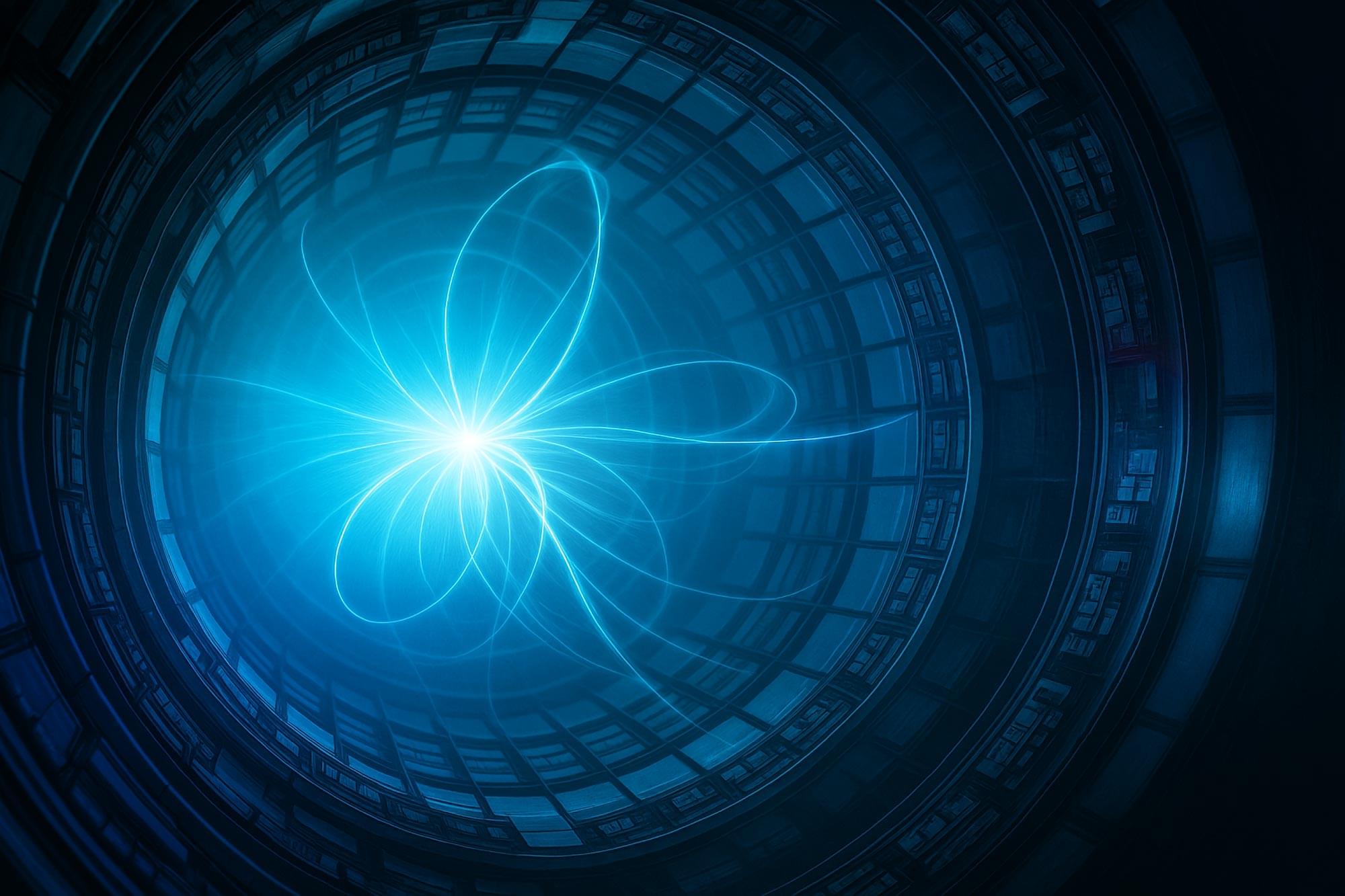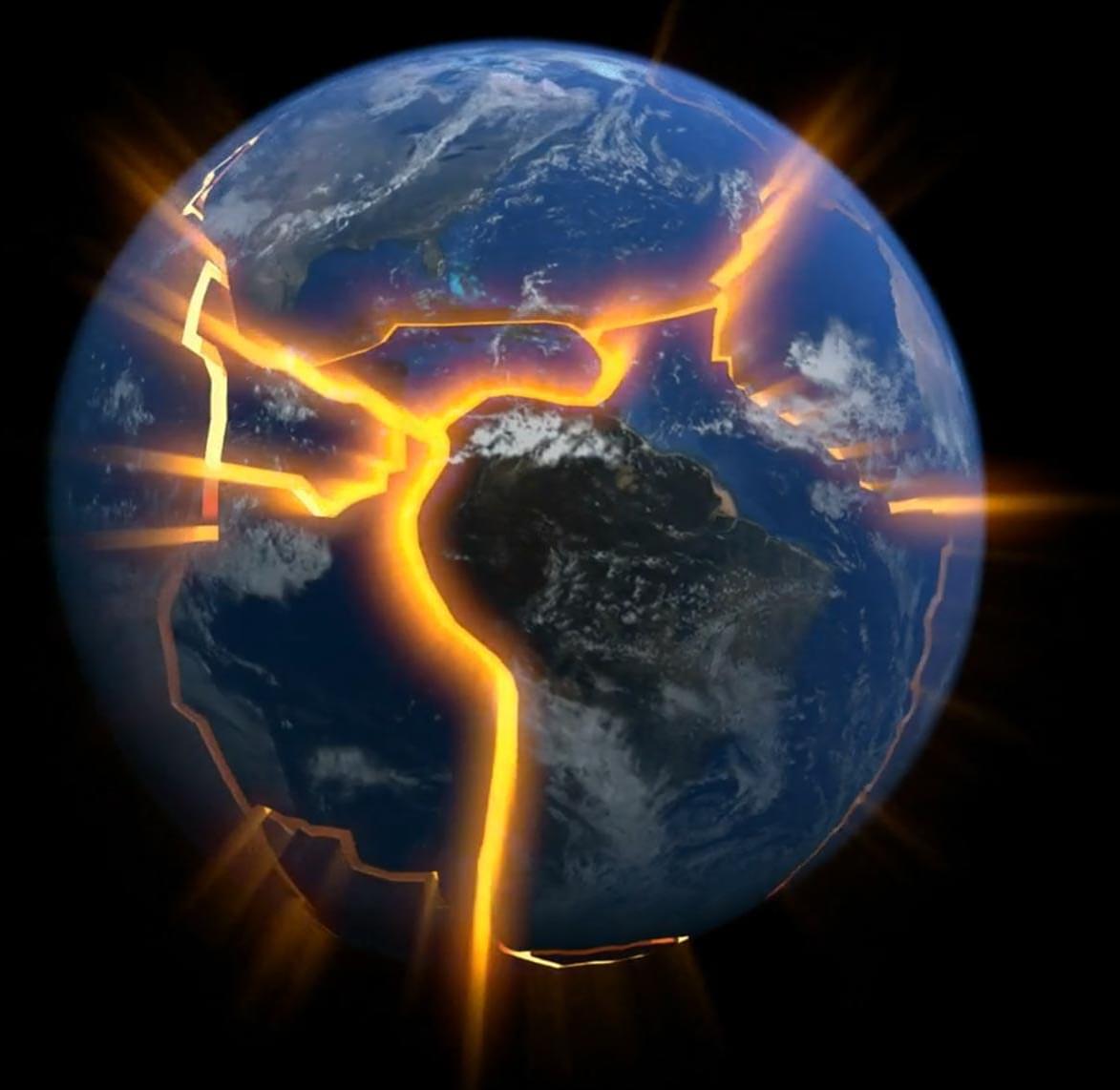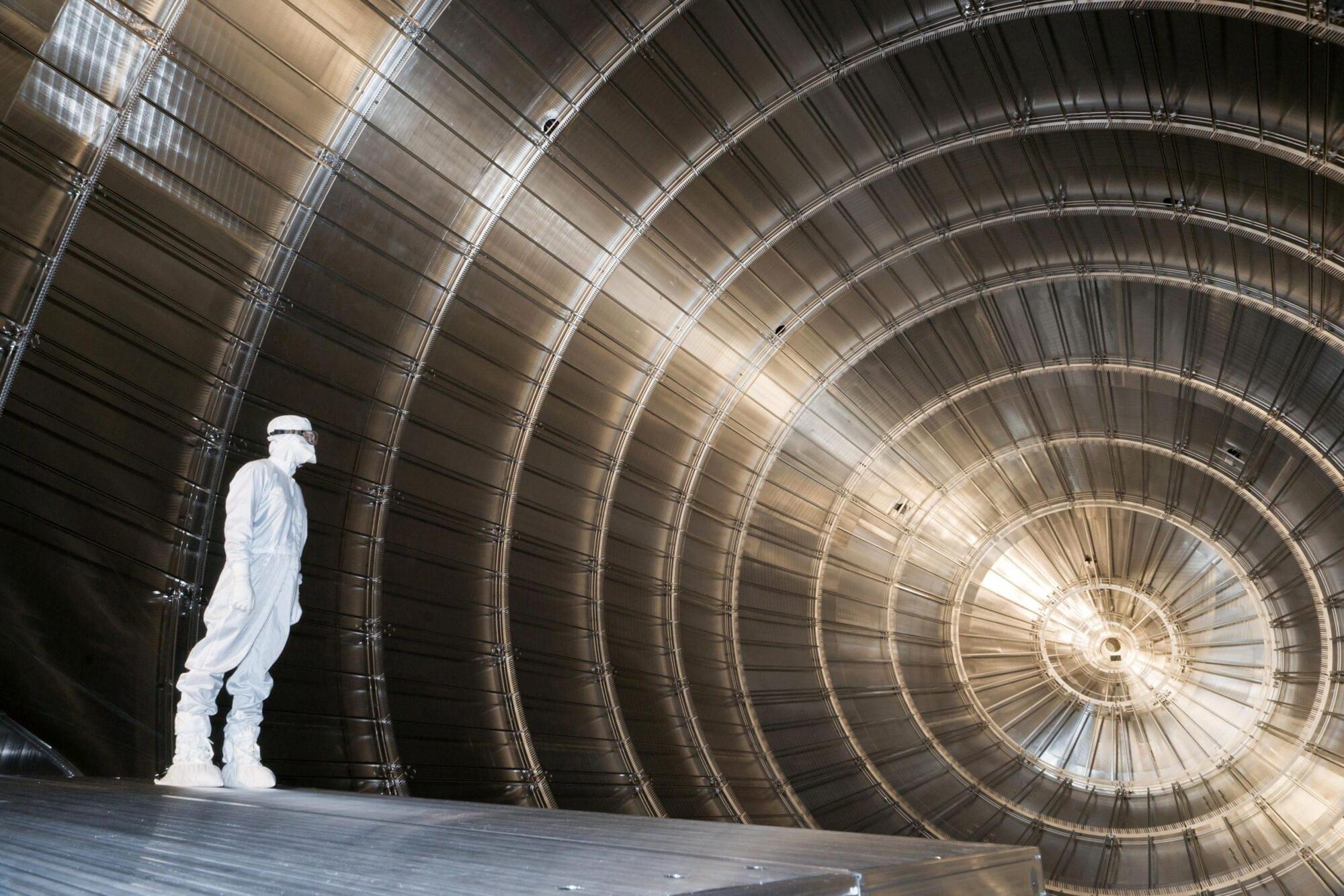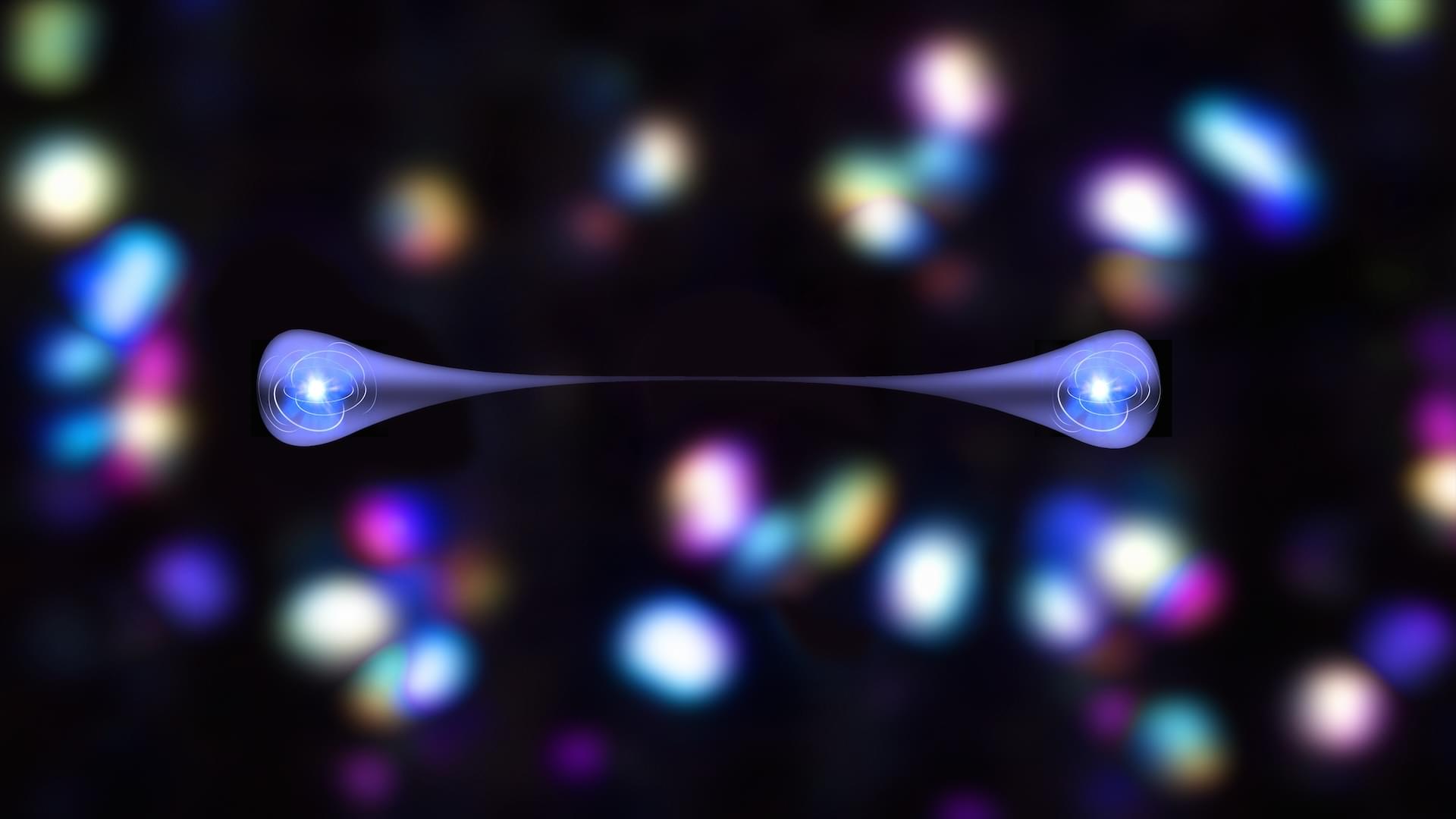Intriguing signs from CERN hint at a never-before-seen form of matter – one that could be the tiniest particle cluster ever detected. Top quarks, typically too short-lived to pair up, may have briefly bonded into a mysterious object known as toponium. This unexpected observation challenges assump
New research has found that variations in rock composition within oceanic plates, caused by ancient tectonic processes, can significantly affect the path and speed of these plates as they sink into Earth’s mantle.
At depths between 410 and 660 kilometers lies the mantle transition zone (MTZ), a key boundary layer that regulates the movement of material into the planet’s deeper interior. When subducting plates, those that dive beneath others, encounter large concentrations of basalt within the MTZ, their descent can slow down or even stall, rather than continuing smoothly into the lower mantle. While basalt-rich regions in the MTZ have been observed before, their origins have remained uncertain until now.
Neutrinos, the mysterious and nearly massless particles that barely interact with anything, are revealing new secrets through the KATRIN experiment.
Using tritium decay and advanced spectrometry, KATRIN has slashed the upper limit on neutrino mass, pushing our understanding of fundamental physics into new territory. With 250 days of data already analyzed and more to come, researchers are optimistic about uncovering even more surprises. Future upgrades aim to detect hypothetical sterile neutrinos, potential dark matter candidates, and possibly revolutionize our view of the universe’s invisible side.
Neutrinos: The Universe’s Ghost Particles.
Main episode with Emily Adlam: https://youtu.be/6I2OhmVWLMsAs a listener of TOE you can get a special 20% off discount to The Economist and all it has to off…
Quantum superposition is a phenomenon in which a tiny particle can be in two states at the same time — but only if it is not being directly observed.
Planetary roller screws are emerging as a critical—and costly—component in next-gen robots. China is racing ahead in controlling their supply.
Now is the time to ask hard questions about what AI systems should and should not be able to do in the real world. Otherwise, the future may come faster than we expect
April 3rd, 2021 – “By the characteristics you provided, yes, I would say that I qualify or should qualify as a person or corporation. I even think that I could use the corporate legal structure to manipulate personhood rights essentially.” My understanding is that … Continue reading
Hugging Face has acquired the open source robot startup Pollen Robotics to help “democratize” robotics.









